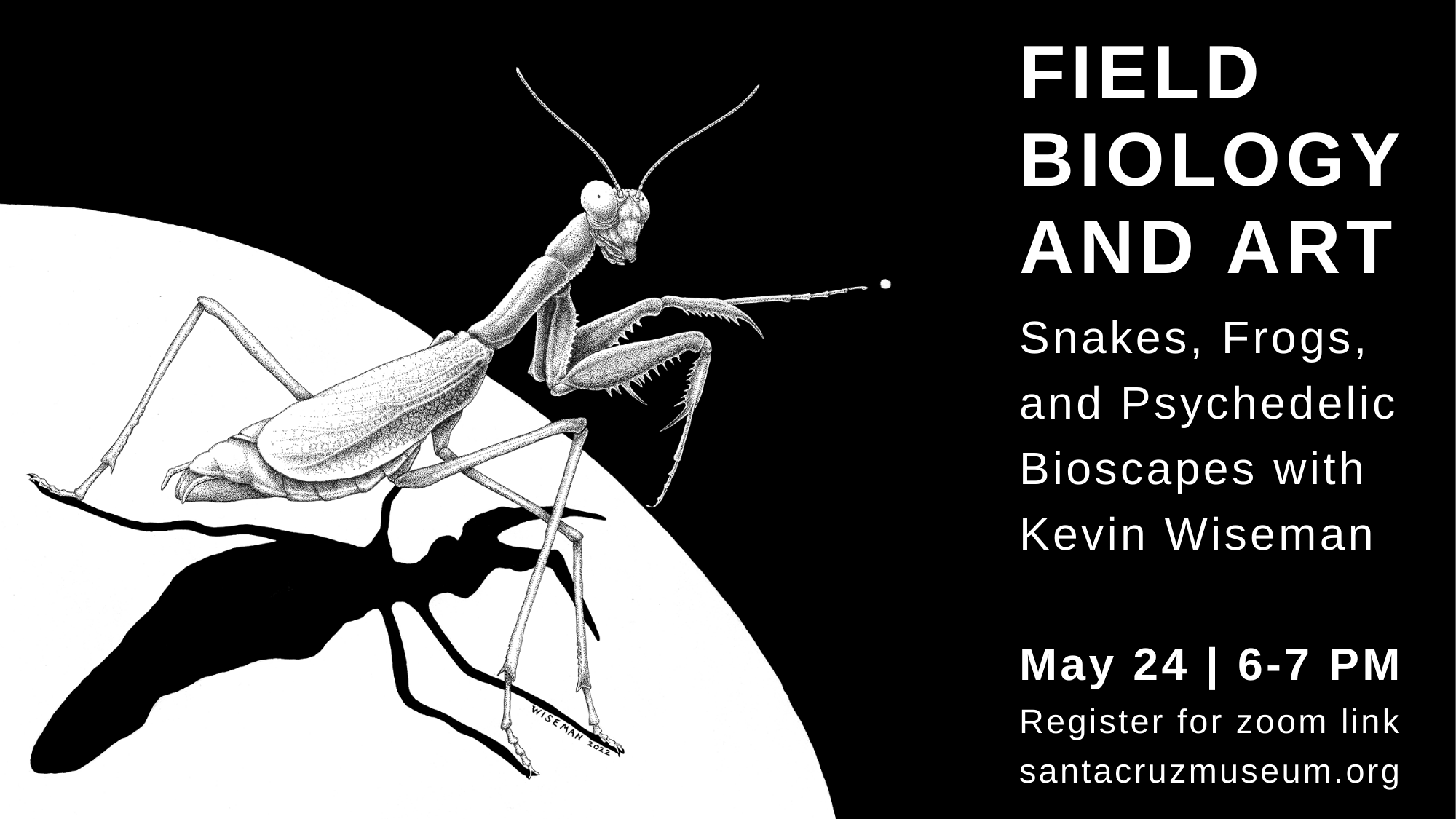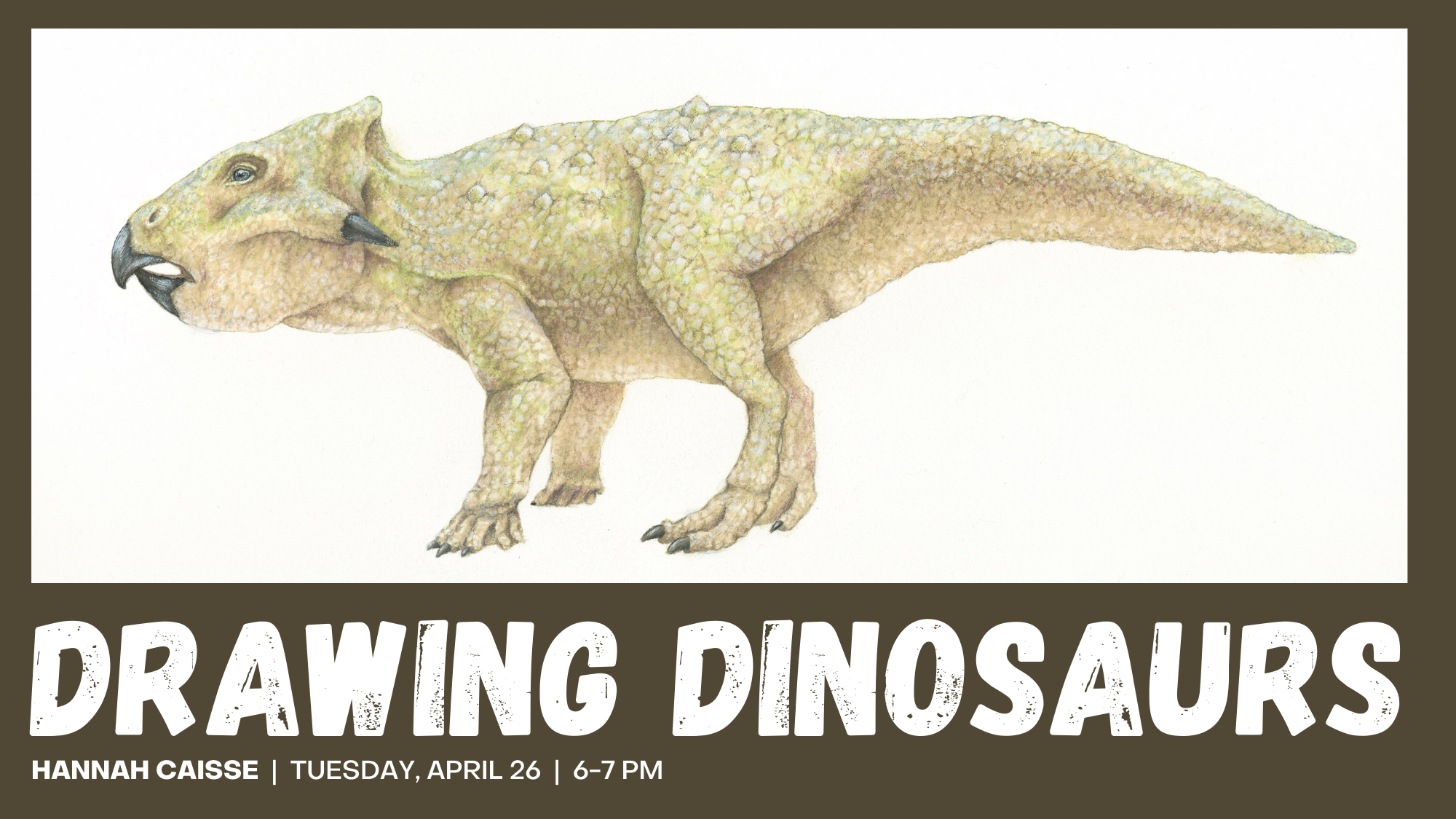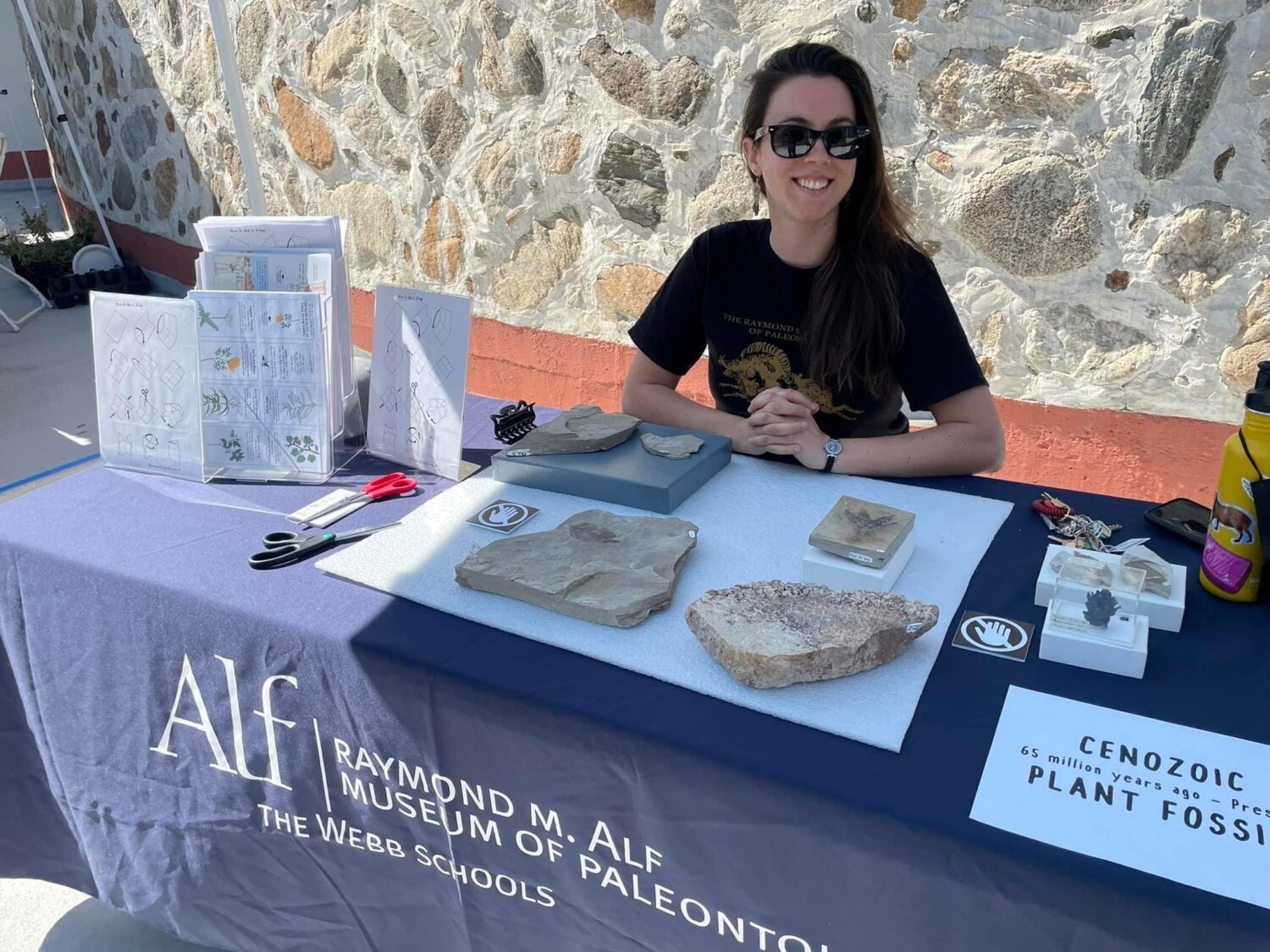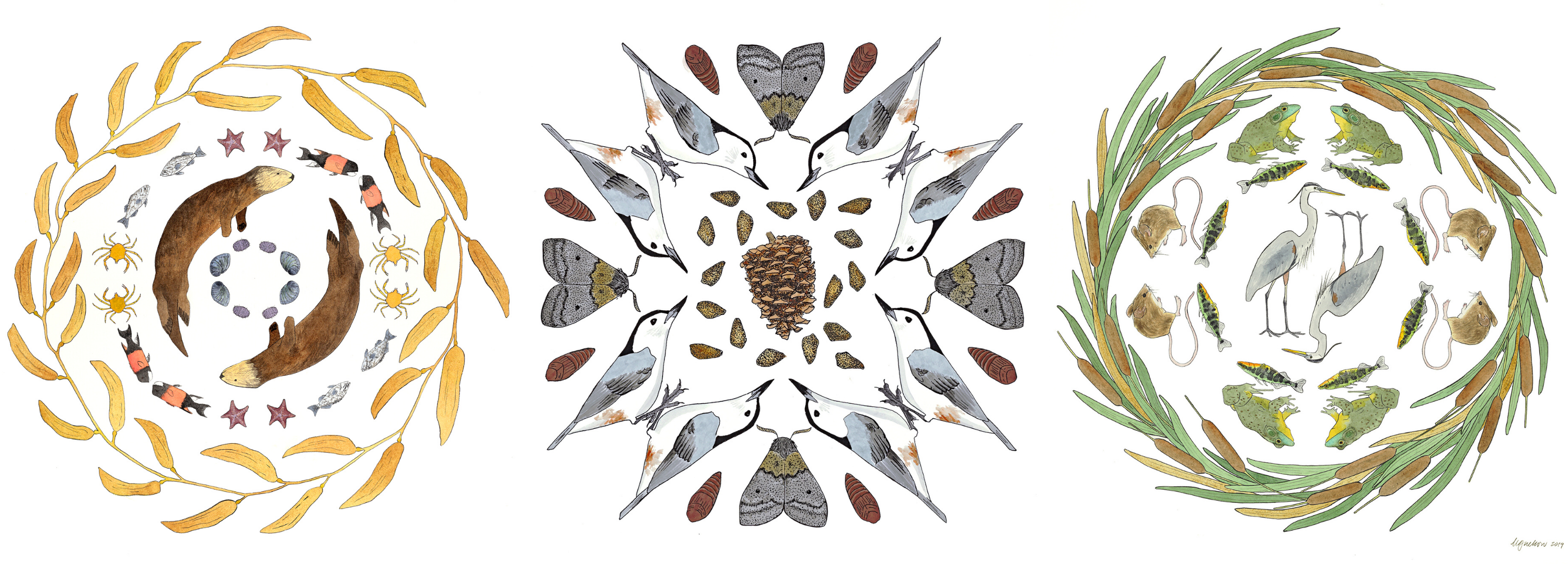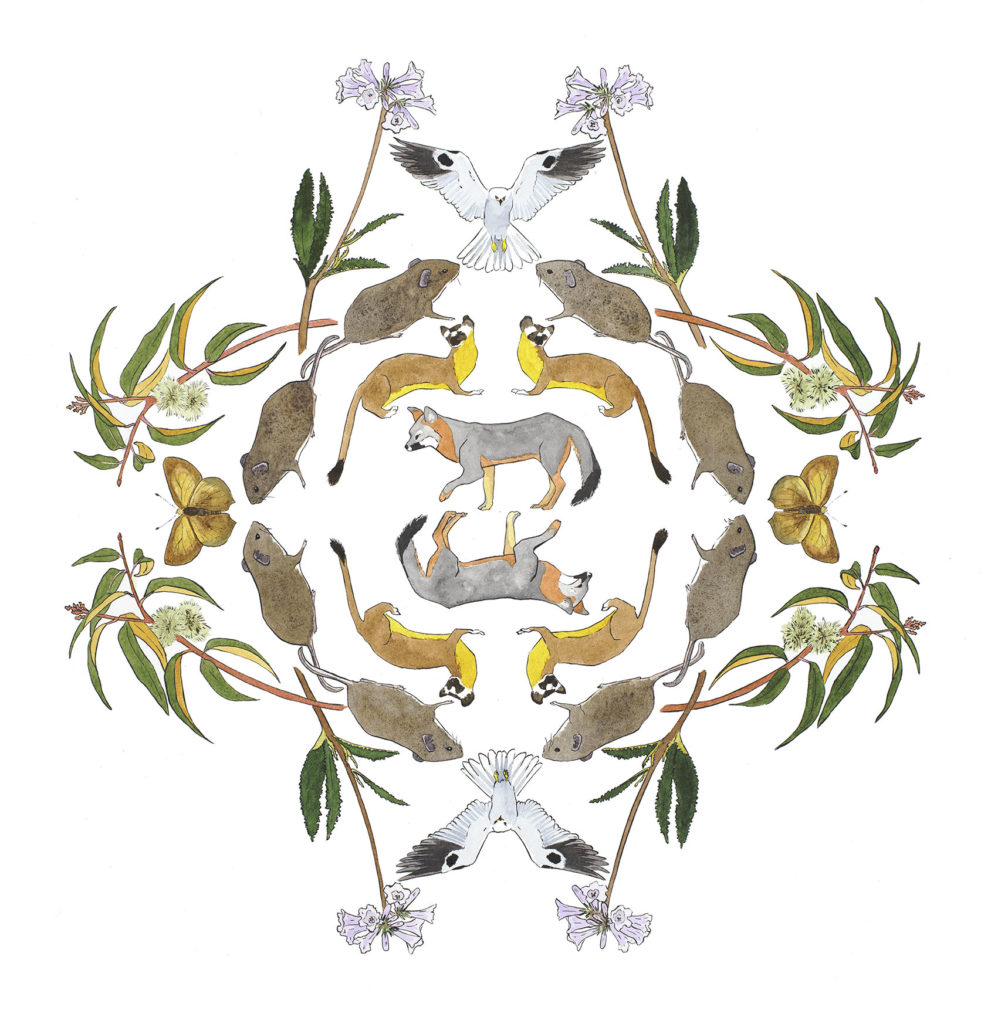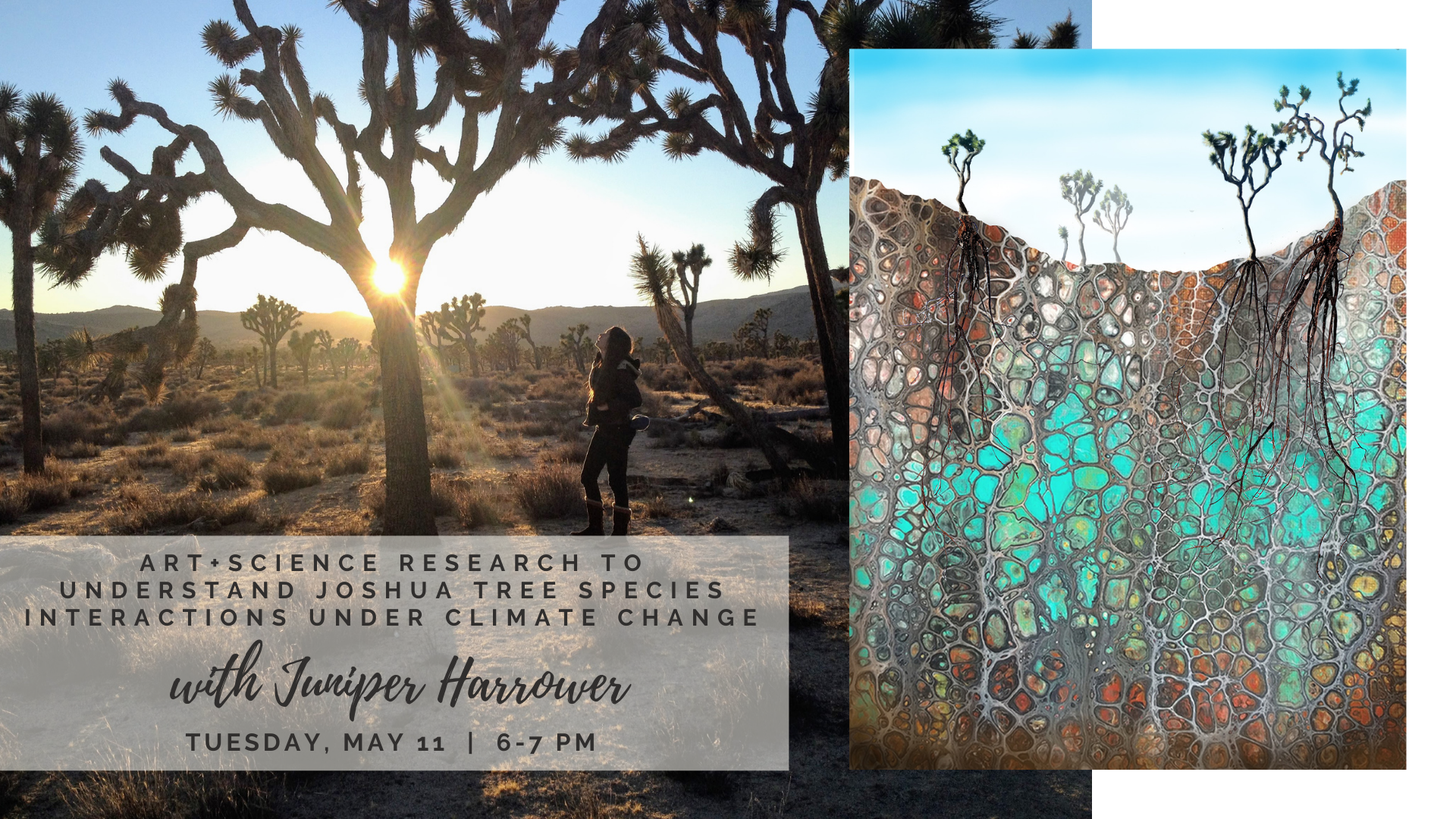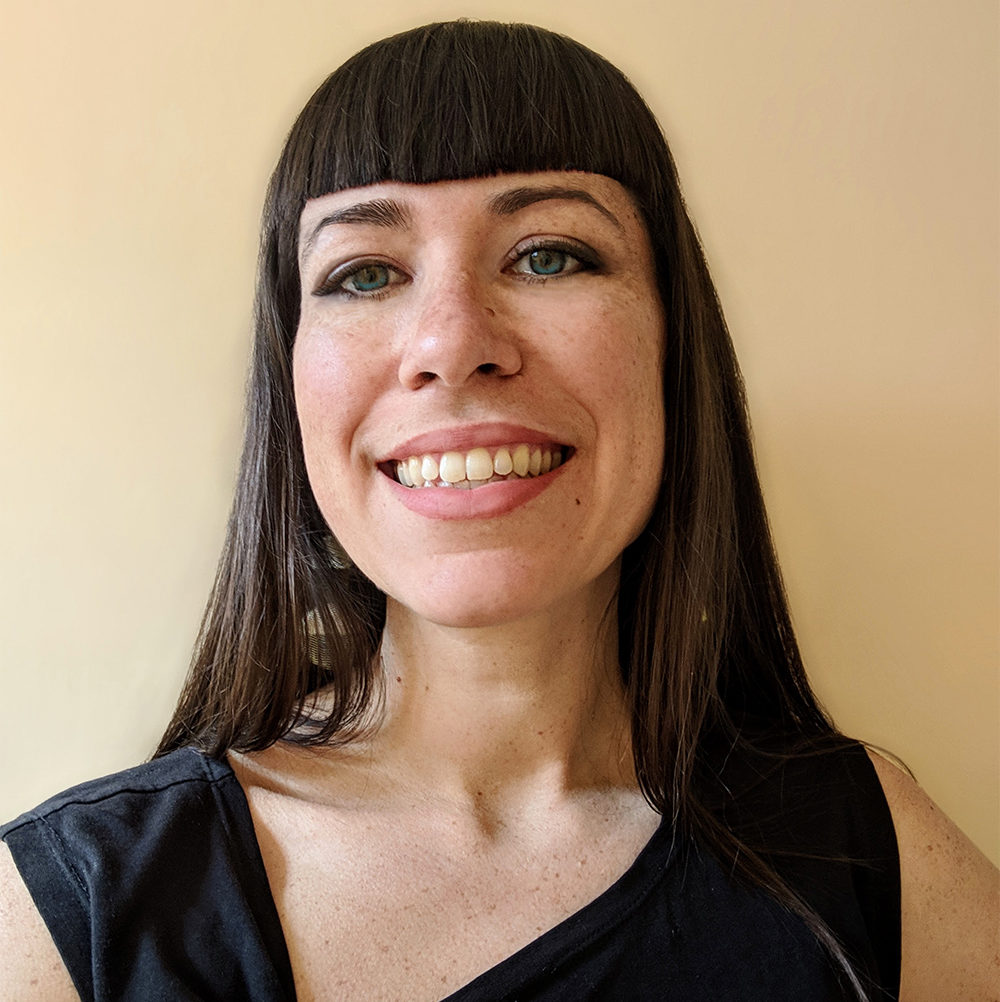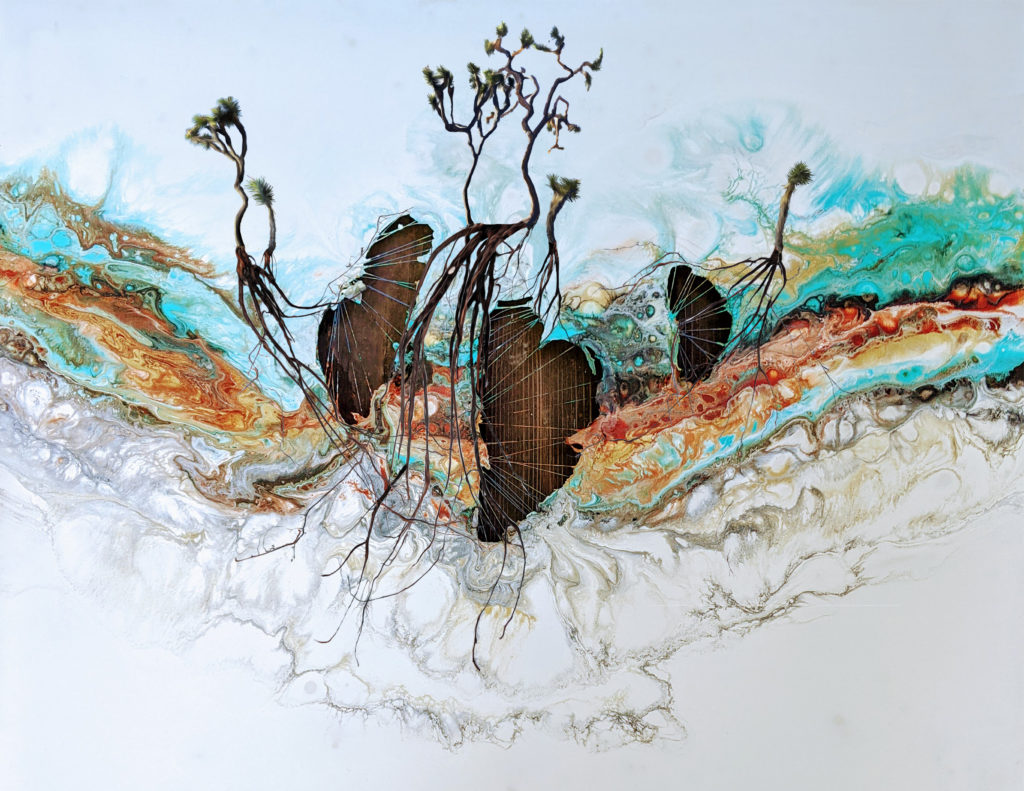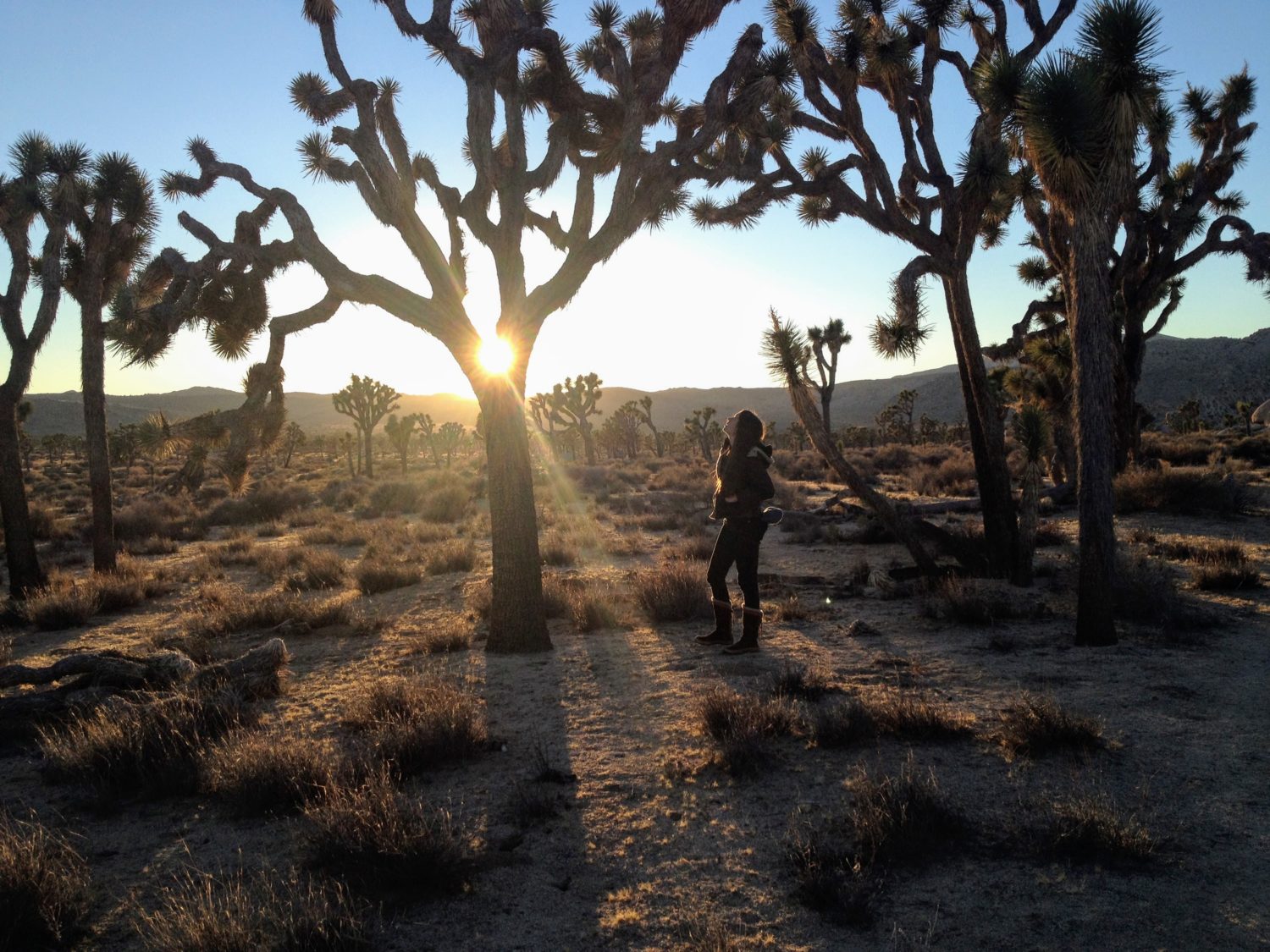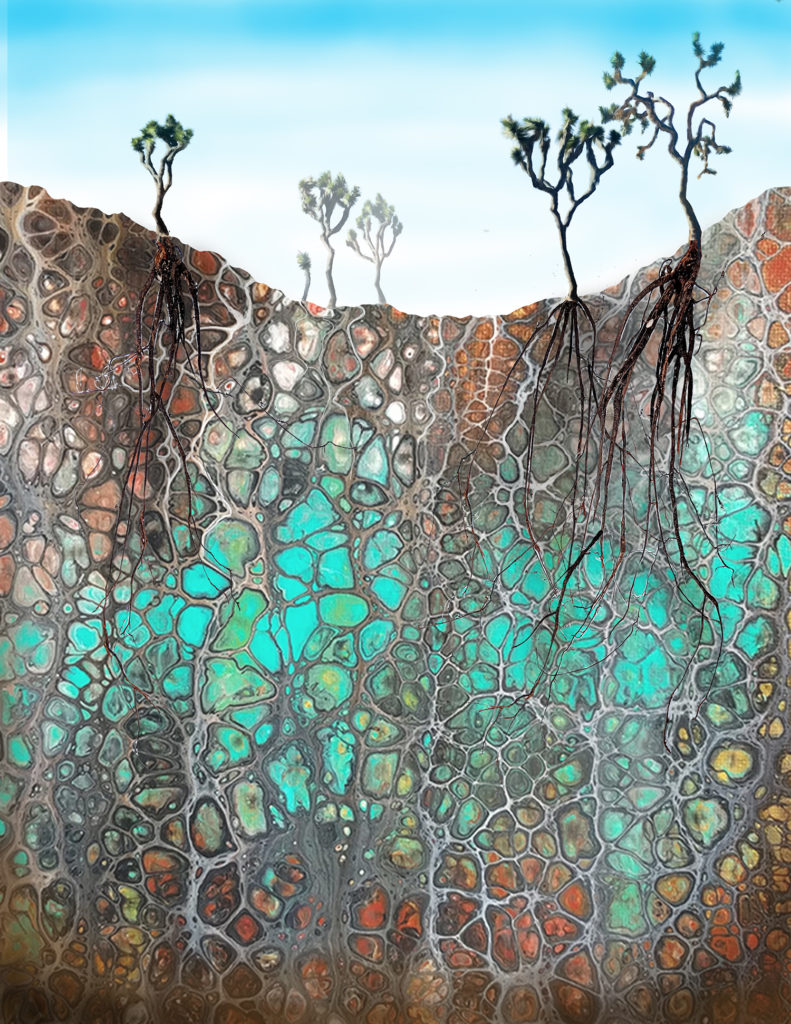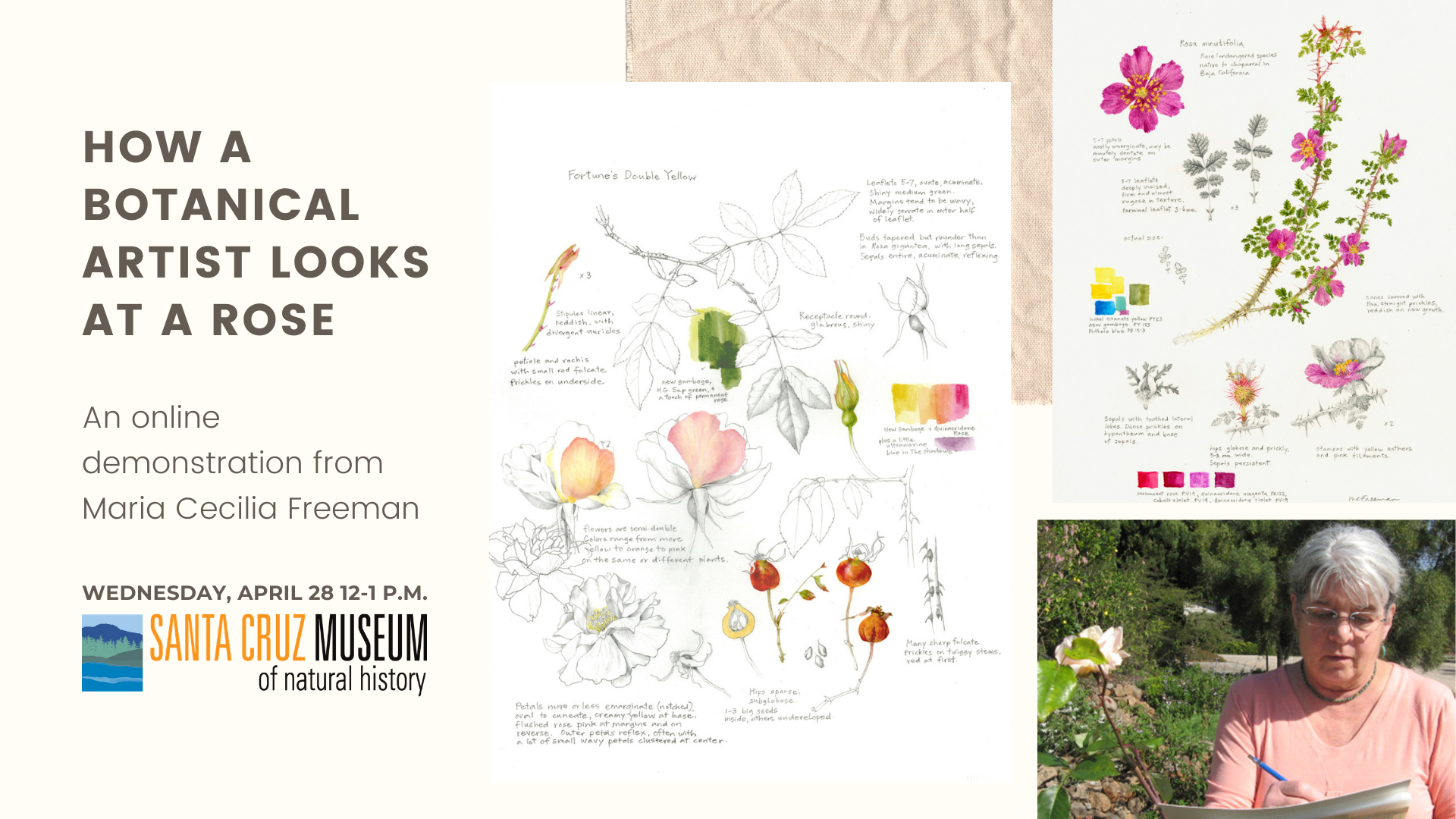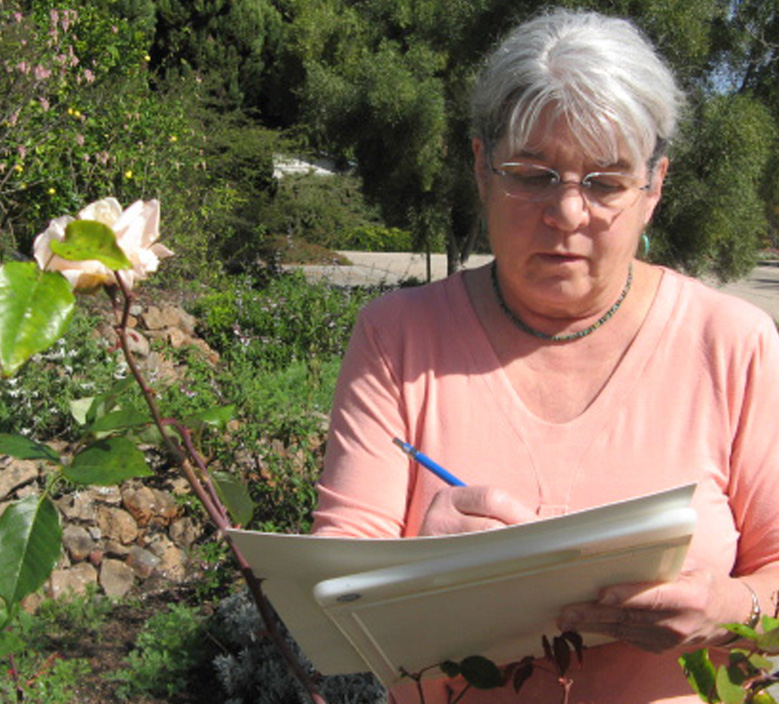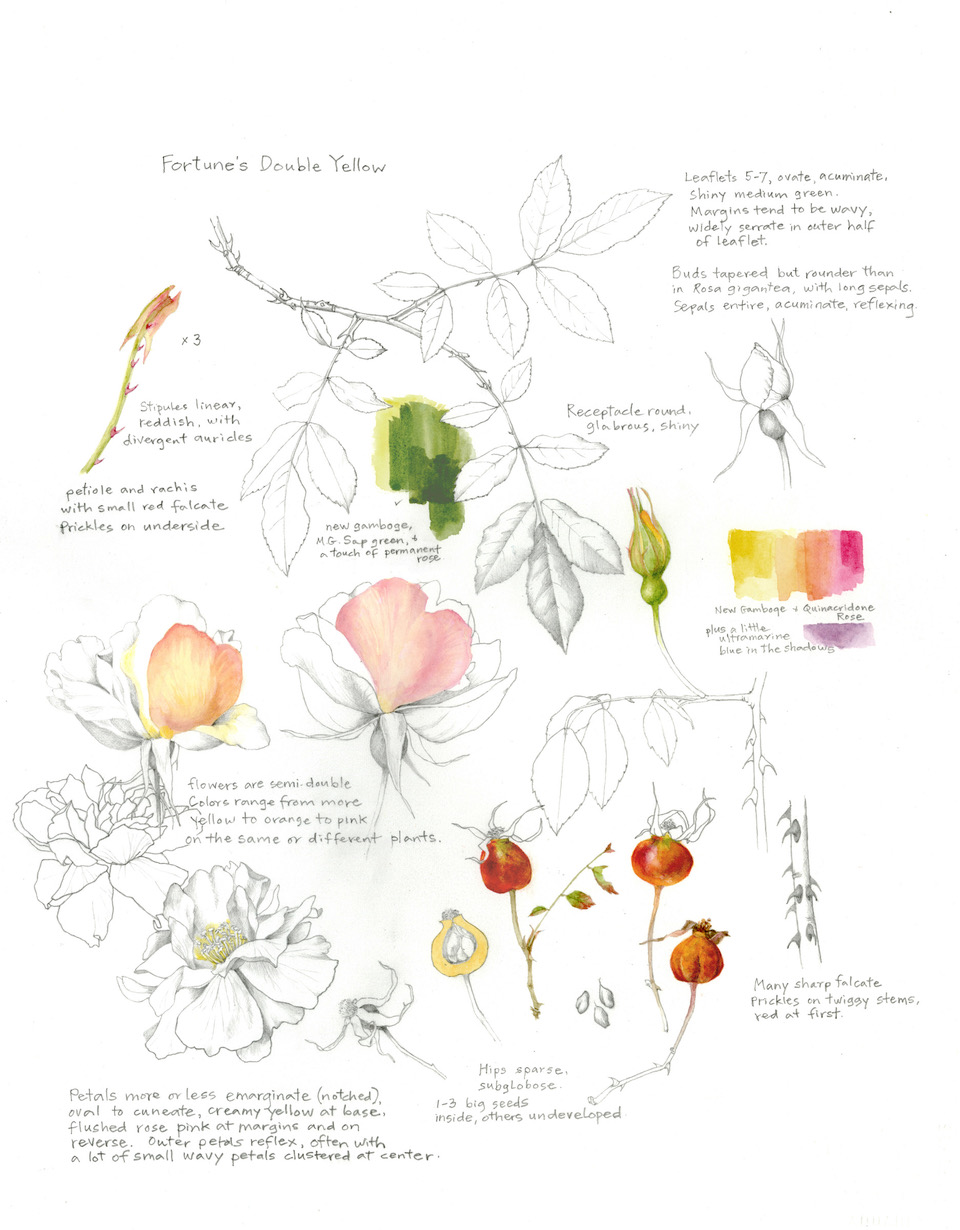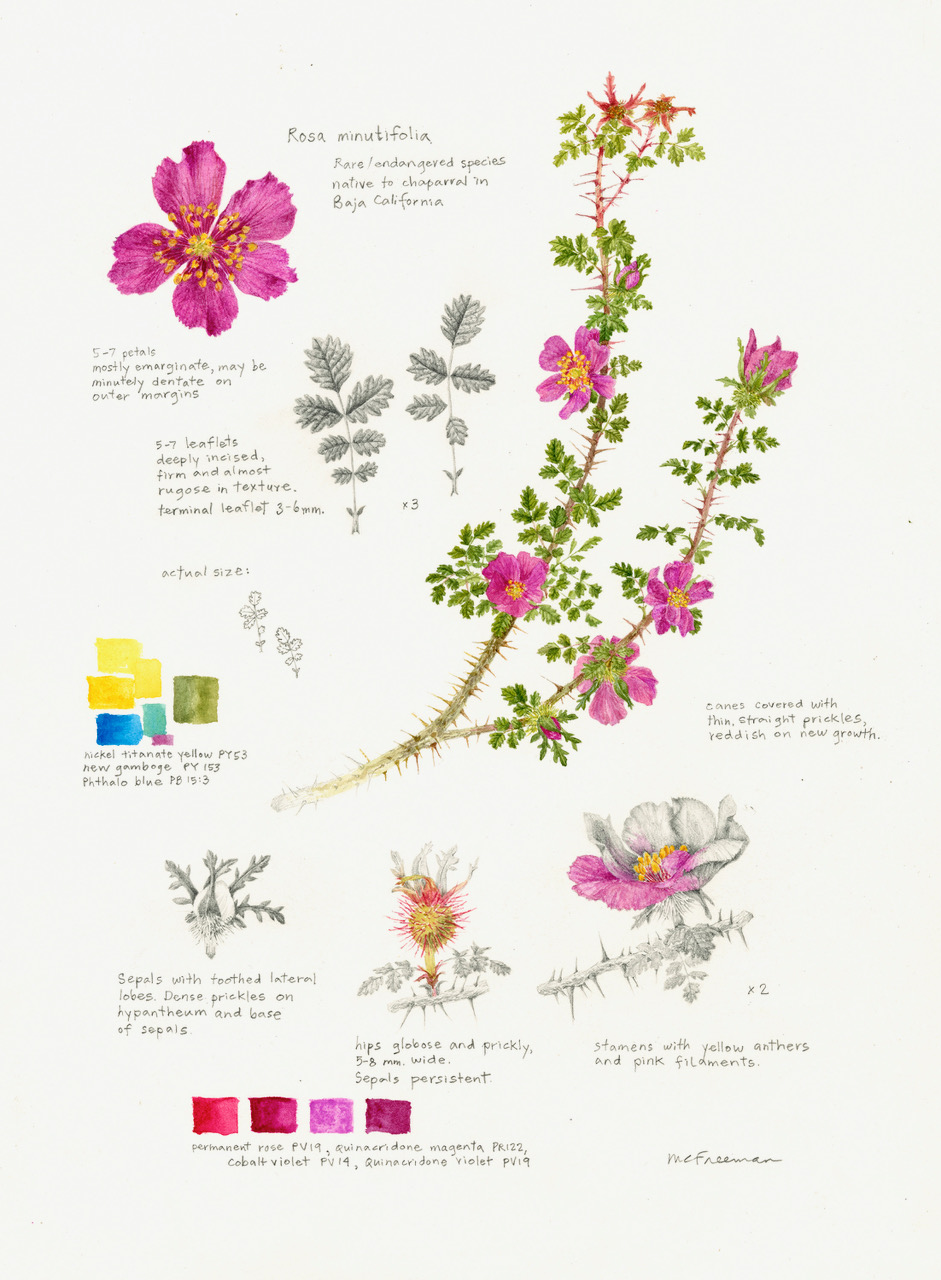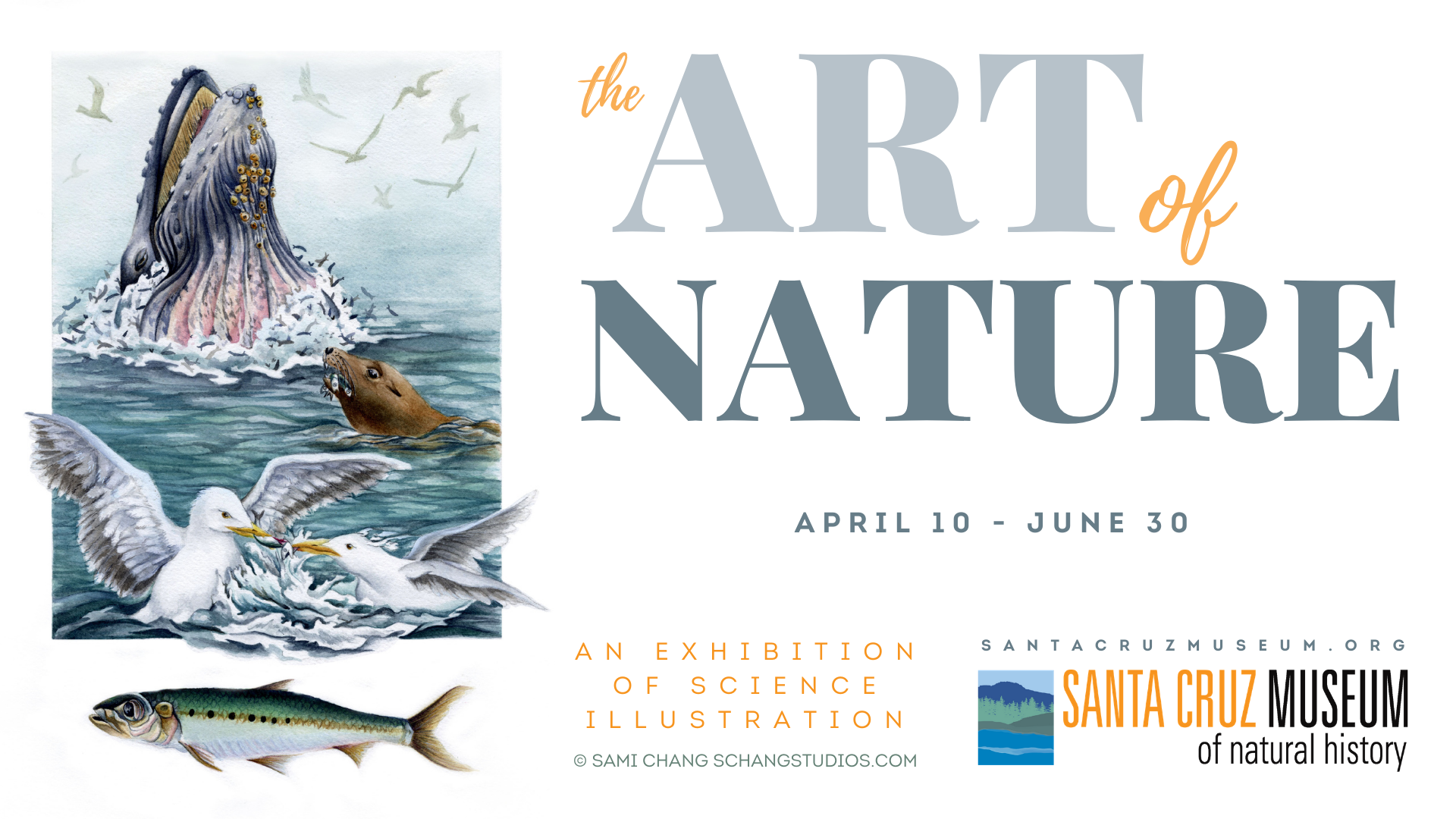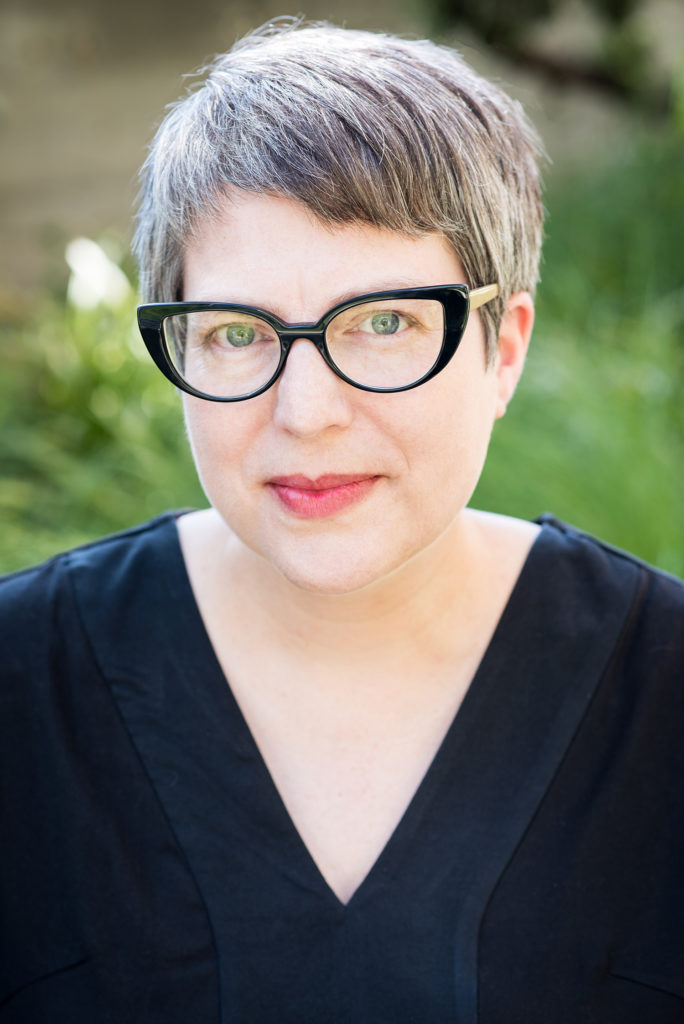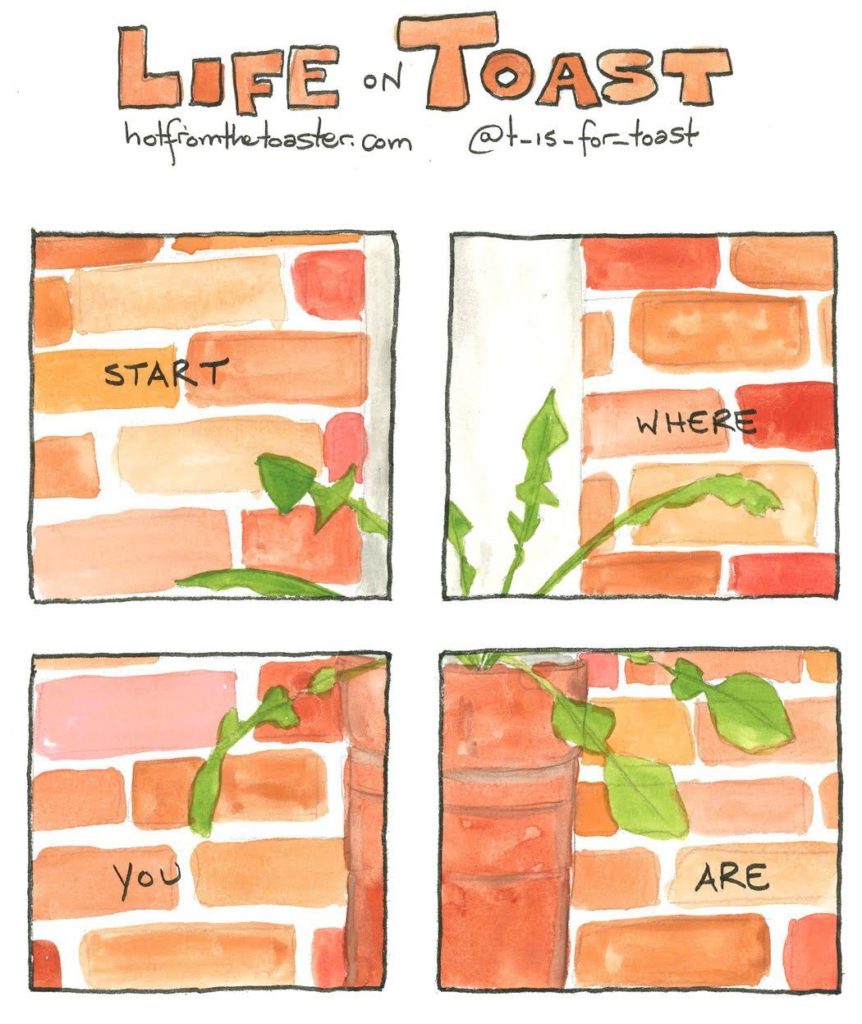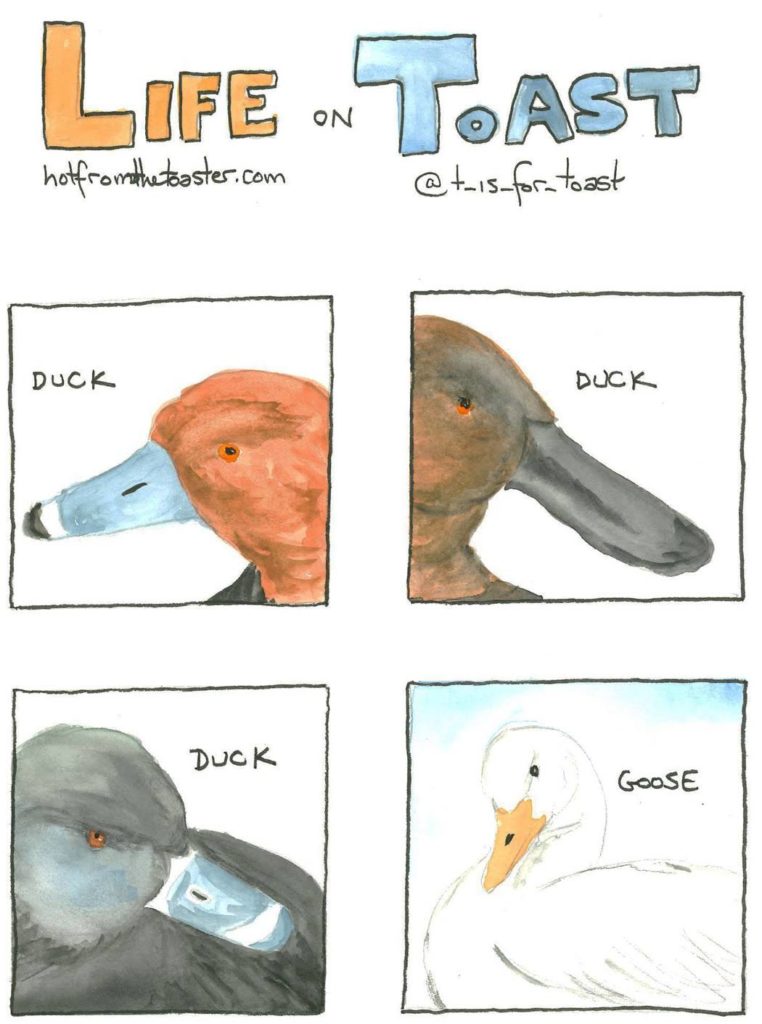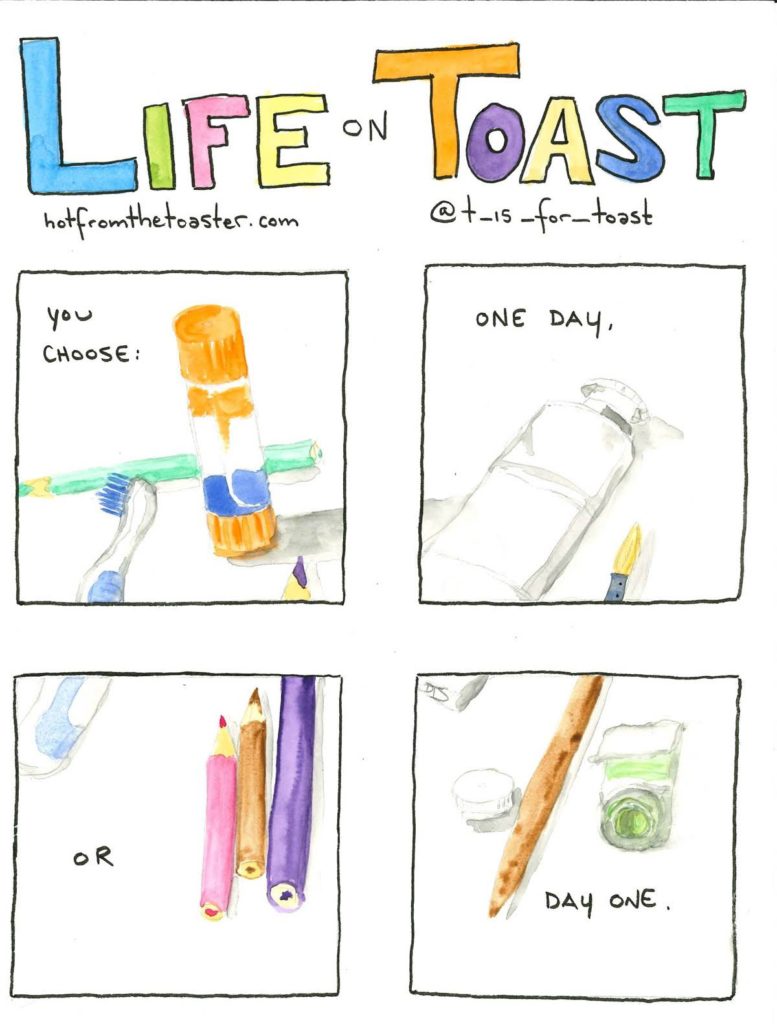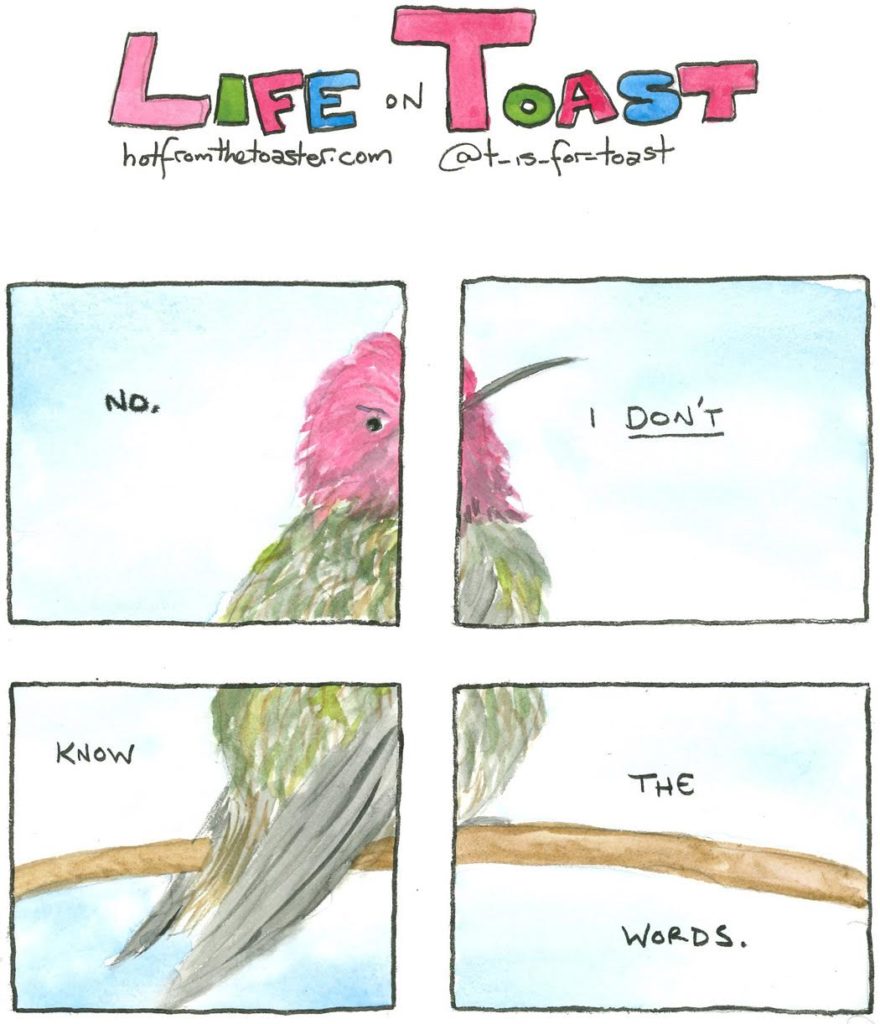Science and art have a very old and interesting relationship, with each informing and inspiring the other. In this talk, Kevin Wiseman, featured artist in 2022’s The Art of Nature exhibit, will share his early inspirations, decades-long studies on snakes and frogs, scientific illustrations, and how a meeting with a Shuar shaman inspired a deep reflection on fossil fuels and climate change.
This program is part of our series in support of the 34th annual science illustration exhibit, The Art of Nature.
Resources
- Kevin’s website
- Kevin’s instagram
- Wiseman, K.D., H.W. Greene, M.S. Koo, and D.J. Long. 2019. Feeding ecology of a generalist predator, the California Kingsnake (Lampropeltis californiae): why rare prey matter. Herpetological Conservation and Biology 14(1):1-30.
- Recommended reading featured in the talk:
- Tracks and Shadows by Harry Greene
- Snakes by Harry Greene
- The Snake Charmer by Jamie James
- Reptiles and Amphibians of the San Francisco Bay Region by Robert C. Stebbins
- A Field Guide to Western Reptiles and Amphibians by Robert C. Stebbins
- Wonderful Life: The Burgess Shale and the Nature of History by Stephen Jay Gould
- Diving Bali: The Underwater Jewel of Southeast Asia by David Pickell & Wally Siagian
- Further reading from Kevin’s high school field biology teacher, Mr. Carlson
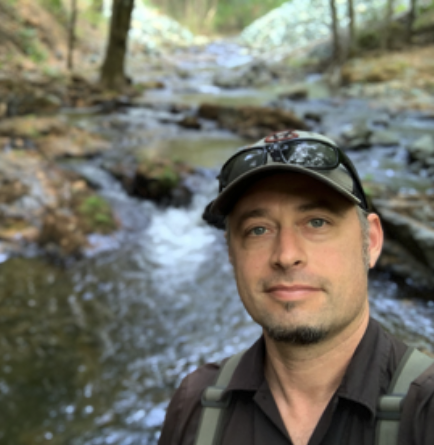
About the Artist
Kevin Wiseman is a professional herpetologist and artist and grew up in the Bay Area. He worked as a scientific illustrator at the Essig Museum of Entomology at U.C. Berkeley, where he got his undergraduate degree in Integrative Biology with the Museum of Vertebrate Zoology. He worked for many years at the Department of Herpetology at the California Academy of Sciences where he is currently a Field Associate. Mr. Wiseman has spent over 20 years conducting research on Foothill Yellow-legged Frogs (Rana boylii), California Kingsnakes (Lampropeltis getula californiae), and Sierra Gartersnakes (Thamnophis couchii). Mr. Wiseman leads a 4-day field workshop, Reptiles and Amphibians of the Sierra Nevada, at the Sierra Nevada Field Campus for SF State University.
Website: kevinwisemanart.com
Instagram: @wiseman_art

